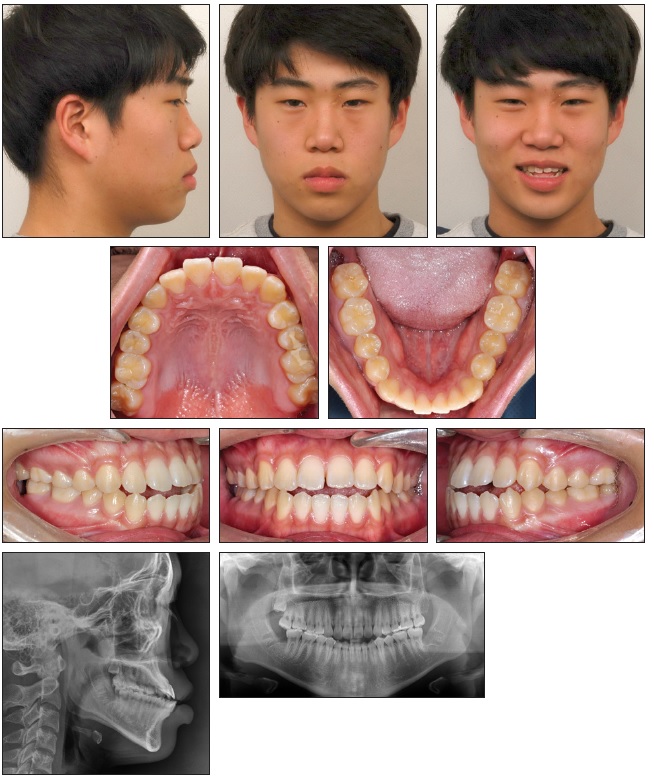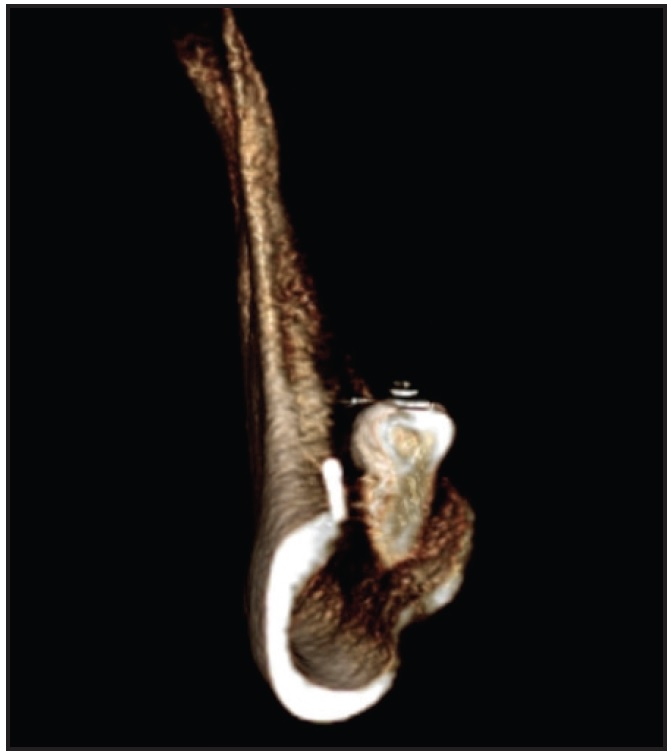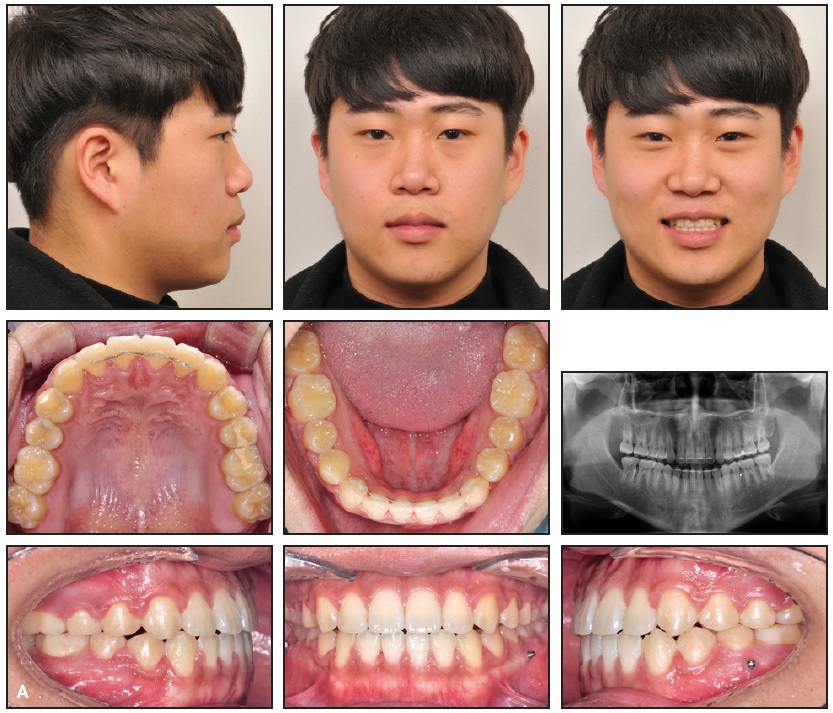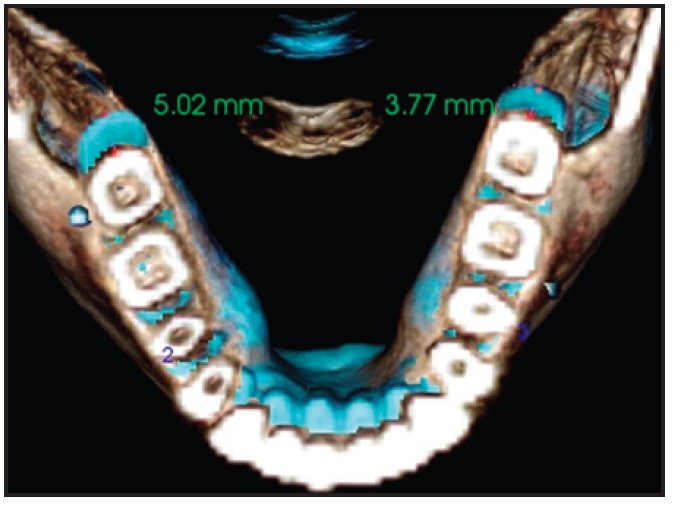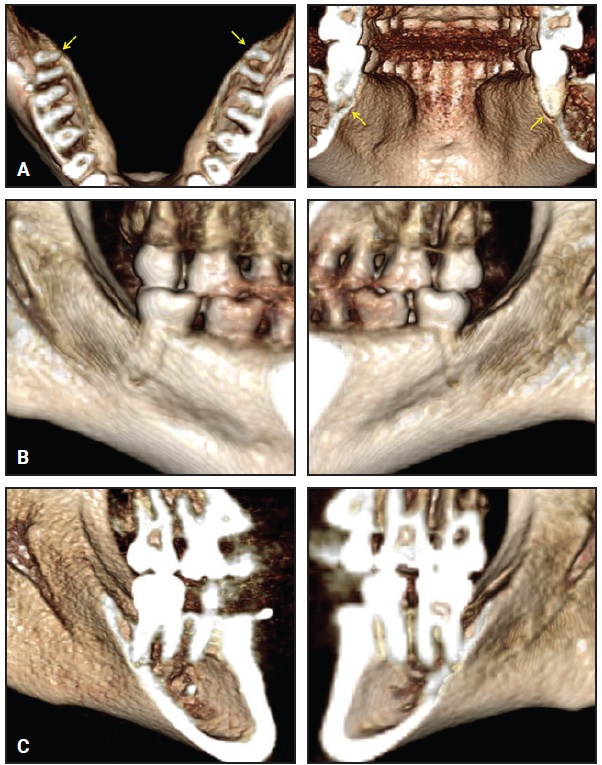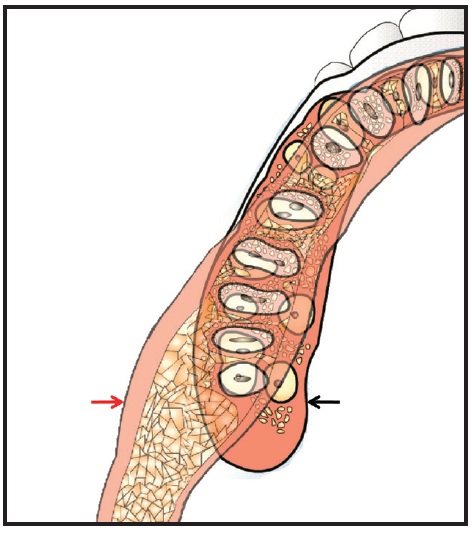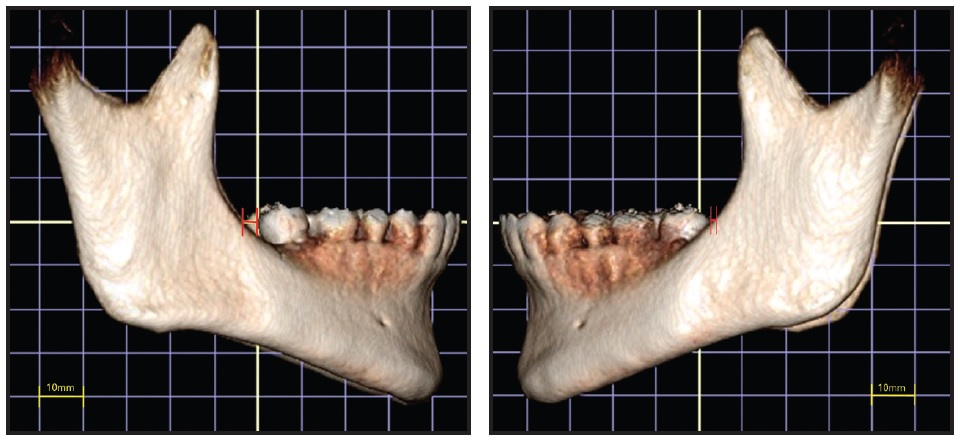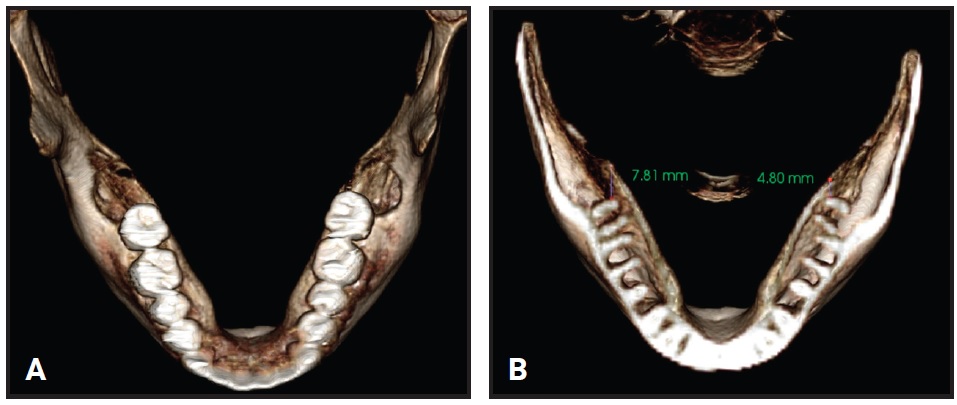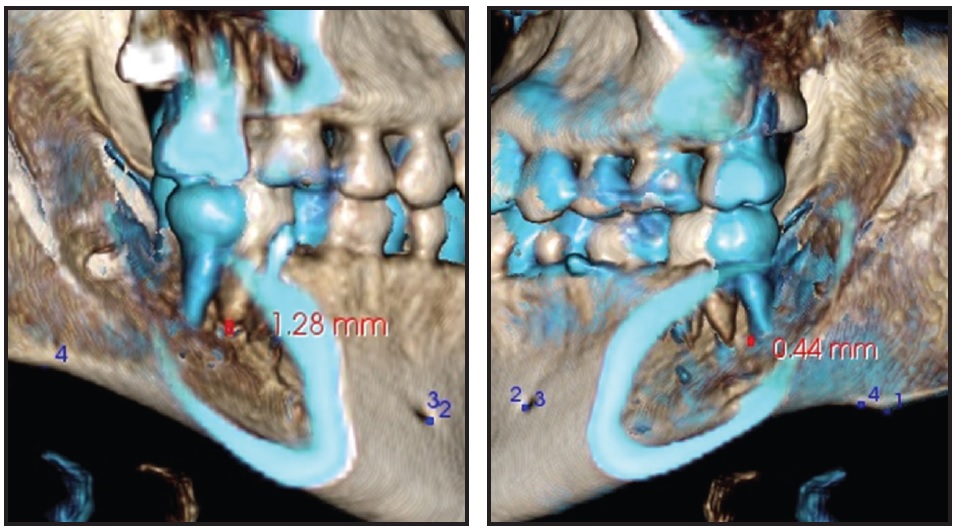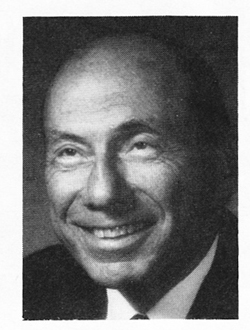JCO Orthodontic Practice Study
The bad news coming out of the 1981 JCO Orthodontic Practice Study was that more than half of the respondents reported that their practices did not grow or actually declined. The good news is that the Study results provide a clear picture of what is working and what is not working in the building and managing of orthodontic practices. The complete, refined data and analyses of the data are now available in book form. Any orthodontist who will spend some time studying this report should be able to see the direction in which he should move in order to improve his income and growth potential. Worksheets are provided to simplify study of one's own practice and its comparison to the norms for similar practices in similar geographic locations. This exercise will have an echoing reward if each practice repeats it annually and compares its current figures to its past figures. If JCO repeats the Study on a regular basis, perhaps every two years, each orthodontist will be able to compare the trends in his practice with those of similar practices.
If there is one message that has come from the Study it is that few of us can sit back and "let it happen". The practices that have shown success in higher gross and net income, larger numbers of case starts and active cases, and lower overhead rates--and that have continued to grow when more than half their colleagues have not--are those that have paid attention to the management and practice building methods that build growth. The methods they use and the fees they charge, as well as their staffing patterns and staff management, form an important part of the data and analyses in the book. Properly used, it can serve as a guide to data collection, analysis, and management in the individual practice.


